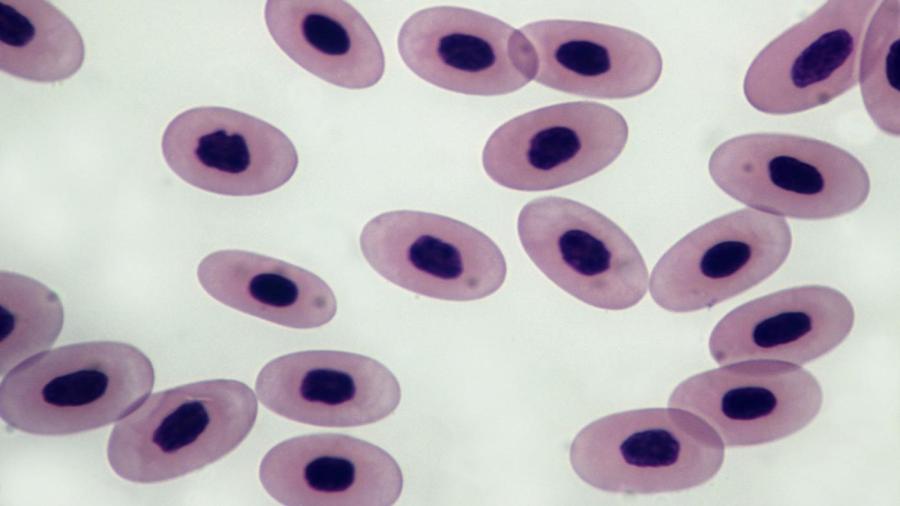8 Divided By 3 5

Cells divide for reproduction, replacement of lost or expressionless cells and to promote growth. Jail cell division is necessary for survival. In that location are two methods to reach cell sectionalization, known as mitosis and meiosis.
Jail cell Reproduction
All living organisms experience cell division equally a part of survival. This includes plants, animals, leaner and fungi. Reproduction is the oldest, and perhaps the simplest, reason cells divide. In reproductive fission, one prison cell typically grows larger than usual, duplicates its organelles and any internal structures, and and then divides into two about identical cells. Leaner, for example, utilize binary fission for cell division to reproduce and multiply. Among microbes, this process, which is referred to equally mitosis, is one of the nearly common means for reproduction. In multicellular organisms, such as plants and animals, cells undergo a special form of jail cell division known as meiosis.
Replacement of Dead or Lost Cells
Plant and animal cells also divide for reasons related to the needs of the organism. When a skin cell is damaged, for instance, the cells well-nigh the site of the damage often dissever equally a fashion of replacing the lost tissue. Through a series of six phases, mitosis takes on the important task of replacing these dead or lost cells. This is the repairing mechanism for the tissues that demand mending. Basically, an injury to tissue stimulates growth factors in an extracellular matrix (ECM). This ECM contains the necessary biological programming to perform the repairs. Kind of like a first help kit, the ECM uses water, essential minerals and compounds to assist in the healing process. Once the ECM takes over, the jail cell typically stops dividing. However, sometimes over-exposure or genetics can cause this to exit of control, causing a mutation. A mutation in homo bodies can exist caused by external exposure to backlog sunlight, pollution, cigarette fume and other toxins. Information technology tin also be acquired internally past errors that happen inside the DNA-copying procedure, which is sometimes based on genetics.
Growth Through Cell Division
Prison cell division actually produces new cells for growth. Retrieve of an athlete who breaks down musculus tissues and fibers through practice. The tissues and cells repair and create new growth. Therefore, the muscles gain forcefulness with new cells. This breakup of tissue and replacement with new cells is part of a cell cycle. The longer someone lives and the larger his or her size is, the more than cells he or she will have within his or her body. Certain cells are in constant growth mode, including skin cells. Considering these skin cells are shed, they have to exist replaced. Equally many as l million pare cells are shed daily, according to biologists. Other cells, including nerve and brain cells, do not require as much cell segmentation. A built-in control system inside the torso keeps this cellular growth in check. Information technology knows when to brand new cells and when to stop producing them. Occasionally, in that location is a glitch in the cellular-division system. In the upshot that a prison cell continually divides and makes more than is needed, cancer cells can develop, leading to affliction. The cell-division process has to keep a balance to remain healthy.
8 Divided By 3 5,
Source: https://www.reference.com/science/three-reasons-cells-divide-476b89095e5306f0?utm_content=params%3Ao%3D740005%26ad%3DdirN%26qo%3DserpIndex&ueid=c40a80b6-748c-42e9-9caa-8b49a029ad6e
Posted by: torranceherrinfold.blogspot.com


0 Response to "8 Divided By 3 5"
Post a Comment